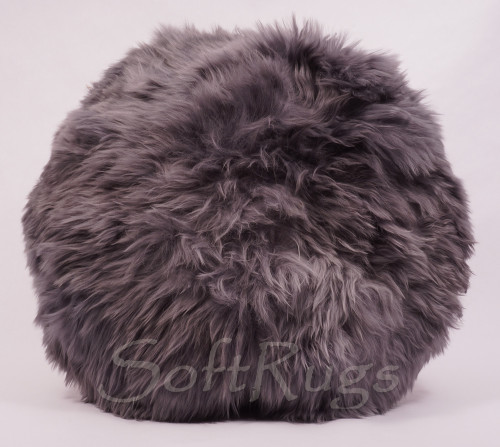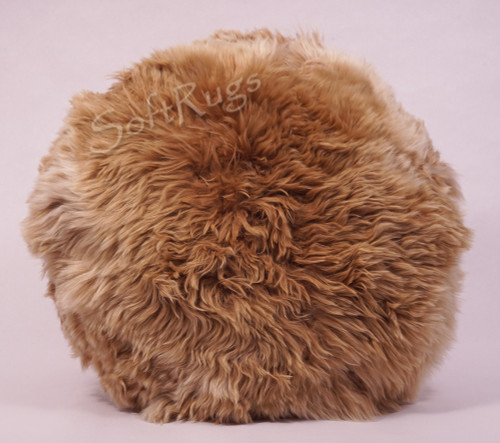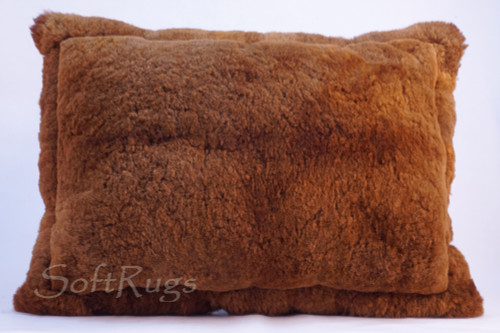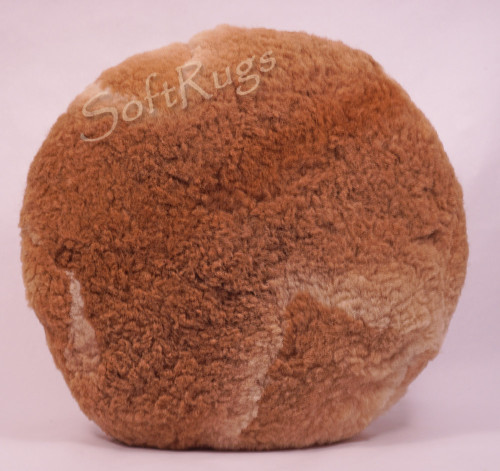 Loading... Please wait...
Loading... Please wait...

New Products
-
$70.00

-
$70.00

-
$70.00

-
$70.00

-
$70.00

- Home
- About Sheepskin
- Alpaca and Sheepskin Differences
Alpaca and Sheepskin Differences
| |
A sheepskin or alpaca rug can be a great way to add character and style to any room in the house. The warmth and softness of real fur makes living areas more cozy and comfortable while also beautifying your home. Sheepskin and alpaca however, have a few differences that may make you prefer one type over the other. You might prefer a range of natural colors over dyed fur for instance, or the thickness and feel of one versus the other may be a deciding factor. Even the stitching can create a preference for you. Understanding the sometimes subtle differences between sheepskin and alpaca can be a big help to you in the decision process.
Thickness and Feel
For some people the thickness of the pile is a crucial characteristic that they want to get right. If you are looking for thick, deep, and dense fibers for a rug, then you want longwool sheepskin, which is similar to shag carpeting. Shortwool sheepskin is also available, but is more suited to couches or car seat covers. The fiber length is more even with shortwool, and the dyes used are designed to withstand direct sunlight. Both longwool and shortwool is much more dense than alpaca, but will not be as soft or as silky. Alpaca fur feels great to run your hands through, and its fibers are much lighter than sheepskin.
Backing
Sheepskin rugs and alpaca rugs also differ in their backing. While both are made of leather pelts stitched together, sheepskin rugs leave the leather exposed on the back, while alpaca rugs come with a soft cloth backing. Neither style is more durable than the other, but the cloth backing on the alpaca could make them slide more if placed on surfaces such as a leather couch.
Support
Another thing to consider is that sheepskin fur is deeper and denser than alpaca fur. This makes sheepskin more supportive for sitting or lying. Alpaca fur is softer, but not as dense, so you can feel the floor underneath a lot more. Of course if that becomes a problem, carpet underlay or other material could be added between the floor and the rug to achieve the desired softness.
Color
Alpaca naturally comes in an amazing array of colors ranging from creams to browns, to grays, silver, black and reddish tones. Dyes developed for alpaca have tended to complement these natural tones. Sheepskin on the other hand, has benefited from more technological research, and it is available in a number of brilliant colors, such as red, purple, pink, green, etc. So if you want brighter, more contemporary colors, you will find them more easily in sheepskin, while alpaca will tend to have a more natural look. Colors are also more exact with sheepskin. While all natural fur displays a variable response to dyes, this variance is more tightly controlled with sheepskin than with alpaca. This variance however, is considered a virtue, not a fault by a large segment of the buying public. Those people might prefer alpaca, both natural and dyed, since both can display a changing color contour from one side of a rug to the other.
What it really comes down to is personal preference. If you want pile thickness and more colors to choose from, go with sheepskin. If you want softness over thickness and a more natural look then choose alpaca. Either one is going to make your home more inviting and will look great in it. They are both quite durable and easy to clean and you can use them as bedspreads, couch covers, rugs, and even as throw pillows. Natural fur has a feel and a warmth that cannot be beat by synthetic fibers.




